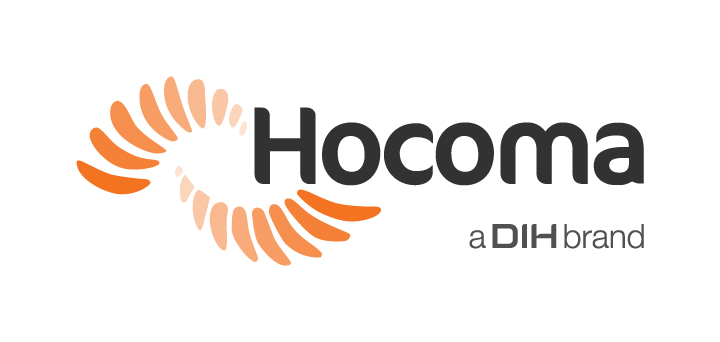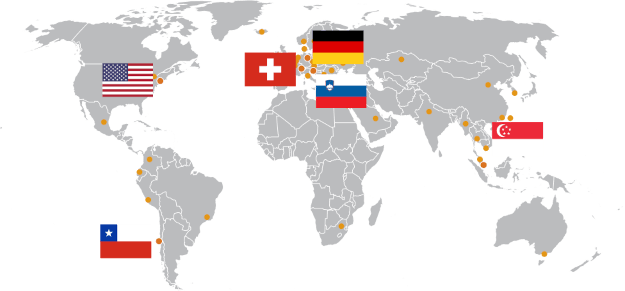November 7, 2023
Clinical Experience with the ArmeoSenso for Telerehabilitation: European Center for Neuroscience (CEN), Spain
The European Centre of Neurosciences (CEN) is an outpatient center located in Madrid (Spain). After many years working and researching both in Spain and internationally, we have realized that there is an urgent need for new neurorehabilitation centers which reflect the latest technologies in the field and are able integrate the disciplines and therapies that represent the future of neurorehabilitation treatments worldwide.
Patients who have suffered damage to the central nervous system (stroke, traumatic brain injury, tumors, multiple sclerosis, Parkinson’s, spinal cord injuries, etc.) require full, integrative, multidisciplinary, and intensive care to achieve optimal results for their recovery and an overall improvement to their quality of life.
We work with several rehabilitation devices, such as the Lokomat, the Rysen, the C-mill, the ArmeoSpring and ArmeoSenso. We were recognized as Center of Excellence by Hocoma in 2023.
Patient Group
In our center, we provide upper and lower extremity therapy with rehabilitation technologies to patients with neurological diagnoses. Our patients have an age range between 10 and 95 and several different diagnosis (e.g., stroke, traumatic brain injury, spinal cord injury, multiple sclerosis, …). CEN is an outpatient center and patients come here at different stages after the injury (early subacute, late subacute, and chronic phase), referred by other health professionals or patients. Their typical therapy goals are improving walking and balance abilities, recover upper limb functionality, independence in daily life activities, being able to drive again, to come back to work, etc.
Telerehabilitation
We considered the use of telerehabilitation for some of our patients who could not travel easily to our center, either because of difficulty in transportation or for reasons related to the Coronavirus pandemic. We were looking for devices suitable for home use: easy to setup and use by the patient without direct visual supervision, lightweight and possibly able to establish a remote connection with the therapist. We identified ArmeoSenso as one of the candidates. Our patients normally plan regular visits to the clinic (e.g., every two weeks) but with tele-rehabilitation they can also train in between visits and we can check improvements once they come in person.
Reasons to include the ArmeoSenso as part of the tele-rehabilitation program
We were already using ArmeoSenso in the clinic since it represents a natural transition from the gravity-supported environment of ArmeoSpring. In the last months, we had the chance to try the ArmeoSenso for our tele-rehabilitation program. In this way, we can complement the therapy that the patients receive in our center with the sessions at home and maintained the objectives achieved after the treatment in our clinic. We have now two ArmeoSenso, one in the clinic and one available for the patients to bring home. In this way, patients already get in touch with the system in our center and they get familiar with it, so that it is much easier for them to continue the therapy unsupervised at home.
ArmeoSenso is part of our HocoNet environment, thereby allowing the synchronization of the therapy plan and of the reporting. This means that the therapist not only can make changes to the patient’s therapy plan remotely, but also check the adherence to the training while the patient has the device at home. To do this, the therapist can log into the ArmeoSenso in the clinic with the therapist password, select the patient and either update the therapy plan or create a report.
ArmeoSenso (as ArmeoSpring) can be used in “Extra Time” mode. The patient accesses this area by entering his patient-specific password at login. This leads to his/her specific therapy plan, where he/she can find the exercises that the therapist has chosen for him/her. In this modality, the patient cannot make changes to the therapy plan or the exercise settings, but only skip exercises or pause the training. This software modality has been developed to allow unsupervised patient training, at home or in the clinic.
Workflow of the tele-rehabilitation program
Once we identify a patient suitable for tele-rehabilitation with the ArmeoSenso, we make sure that he or she is familiar with the system in the clinic (perform 2-3 sessions under therapist’s supervision). Together, we perform the assessments (A-ROM and A-MOVE) and we define a therapy plan. In the patient profile, we also choose a patient specific password (Extra Time password) that we note down for the patient so that he/she can remember it once at home. We also explain the patient how to log in to the system and how to place the sensors on his/her own, and we provide them with a document to remember all the relevant information. We instructed the patient to use the system at home at least 30-60 minutes per day / week / as much as possible. Our team was available to support remotely in case of doubts or technical issues with the system. Remote support was provided with a standard videoconference software. After two weeks we scheduled another appointment in the clinic, when we discussed the progresses and the usage of the device, and we evaluated if continuing the telerehabilitation experience was appropriate.
Organization: Responsible therapy team
At CEN we are a multidisciplinary team integrated by neurologists, occupational therapists, physiotherapists, sport therapists, speech and language therapists and neuropsychologists. For the specific rehabilitation of the upper limb the main responsible are the neurologists (for neuromodulation adjuvant therapies like transcranial magnetic stimulation), physical and occupational therapists. Our team educated in evidence-based techniques like strengthening training, task-oriented training, constraint induced movement therapy, electrical stimulation, advanced technologies in rehabilitation (like robotics, non-actuator devices, sensor technology, virtual reality, video games), sensory retraining, motor imagery, mental practice, bilateral arm training and mirror therapy.
We integrate technology like ArmeoSenso with other evidence-based techniques into intensive therapy protocols from 2 to 6 hours per day. ArmeoSenso also helps us to increase treatment dose, where the patient continues working at home and complementing other tasks trained in the clinic.



